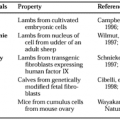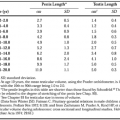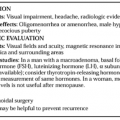CHEMISTRY
Part of “CHAPTER 54 – VITAMIN D“
Vitamin D and its analogs form a group of fat-soluble secosterols with antirachitic properties.1 The two parent forms of vitamin D are ergocalciferol (vitamin D2) and cholecalciferol (vitamin D3). Ergocalciferol derives its name from its immediate precursor, ergosterol, the plant sterol from which it was originally prepared. Cholecalciferol is the natural form of the vitamin and is produced by irradiation of the precursor, 7-dehydrocholesterol. The D vitamins are structurally related to C-21 steroids but differ by having an opened B ring that forms a conjugated triene structure (Fig. 54-1). Vitamin D2 differs structurally from vitamin D3 by having a double bond between the carbon positions 22 and 23 and a methyl group at C-24. Both vitamin D2 and vitamin D3 are metabolized along the same pathways, producing active metabolites with equivalent biologic effects (Fig. 54-2). When written without the subscript, the term vitamin D may refer to either compound.
Stay updated, free articles. Join our Telegram channel

Full access? Get Clinical Tree






